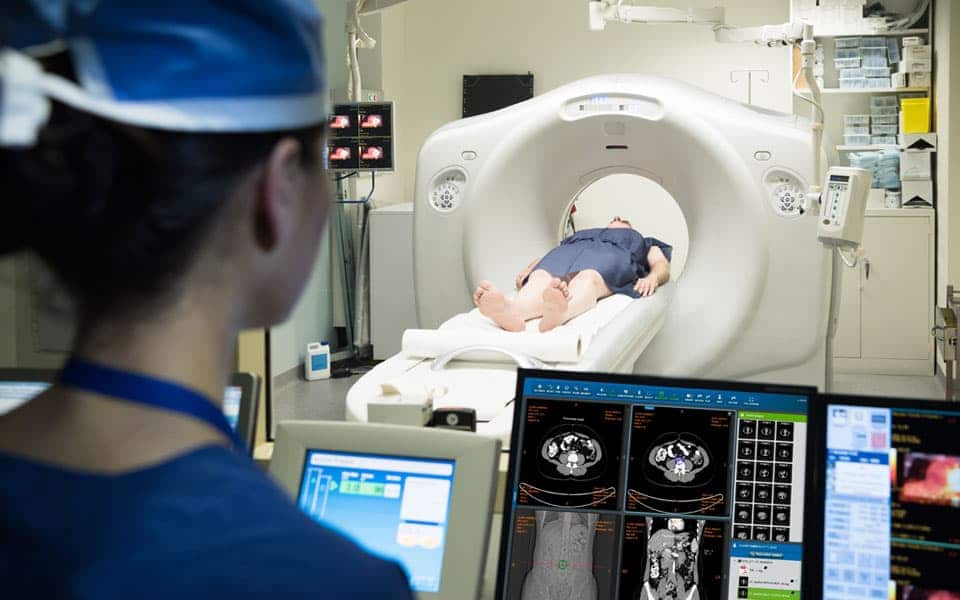If you’re a health provider, you’re likely looking to simplify your IT system as much as possible. The more consolidation, the better. Right? And we don’t blame you. Investing in, running, and supporting EMR’s is hard, and expensive. You’ve invested sweat, tears, and earnings into it.
But here’s the problem. EMR’s just don’t have the capability to handle your imaging needs, at least not alone. And the reason why is simple: radiology is often thought of in isolation, but at large acute-care hospitals, there are many imaging modalities working (often from different vendors) around the clock. These images must then go through a series of steps before they are ready to be exchanged, resulting in a fairly complex process. Now to add to that complexity, each radiology subspecialty has its own requirements.
RIS: Resurging and Taking the Lead
Over the last decade, we’ve seen RIS systems broken apart and re-absorbed by EMRs, in many cases as a result of M&A activity. But hospital executives quickly realized that having an EMR that’s comprised of pieces of a RIS, didn’t work as seamlessly as they hoped, nor was it good enough to get the job done. And feedback from those in the field quickly solidified this for them.
Many radiologists and technologists miss the nuanced tools from back-in-the-day that were available with a top-of-the-line RIS. Functions such as modality protocol management, smart enterprise case-load balancing, staff quality assurance, fleet management servicing, and so on, were missing from the EMR-RIS combination.
And here’s another thing, hospital executives have taken note that radiology plays a huge role in clinical outcomes. Even more reason to make sure the RIS is top-notch and complete.
We’ve been seeing a lot of movement in the market, both through acquisitions and new product launches of specialist workflow software vendors, which signals to us that EMR-based RIS hasn’t been able to meet the complex needs of radiology, making now the perfect time to consider using a RIS solution, especially one that’s cloud-based, where all maintenance and updates are made by the vendor.
Some Good News
Imaging IT has evolved to focus on centralizing imaging and diagnostic reporting across the enterprise, and we’re centralizing other imaging applications along with them. If this sounds like music to your ears, it’s not surprising. It’s probably what you, the customer, has been wanting all along, and it’s what the industry refers to as “enterprise imaging.” In short, enterprise imaging focuses on consolidating all types of imaging software together.
Don’t Get Overwhelmed
Putting in place and supporting enterprise imaging can sound daunting, but when vendors offer easy integration, that they handle themselves and that is hosted on the cloud – it takes a lot of your shoulders.
Let’s Face It
According to Steve Holloway, a contributing writer for Aunt Minnie, “No EMR vendor today can handle the complexity and specialty requirements of modern radiology within its EMR offering, nor should it try.” So start thinking if your current RIS is working the way you dreamed it would, and if you’re not using a RIS yet, there’s no better time than now.
Is your interest piqued? Let’s meet at HIMSS to discuss how AbbaDox’s Cloud-based RIS will have your imaging operations running smoothly, and your radiologists and technicians feeling relieved.

-1.png)







